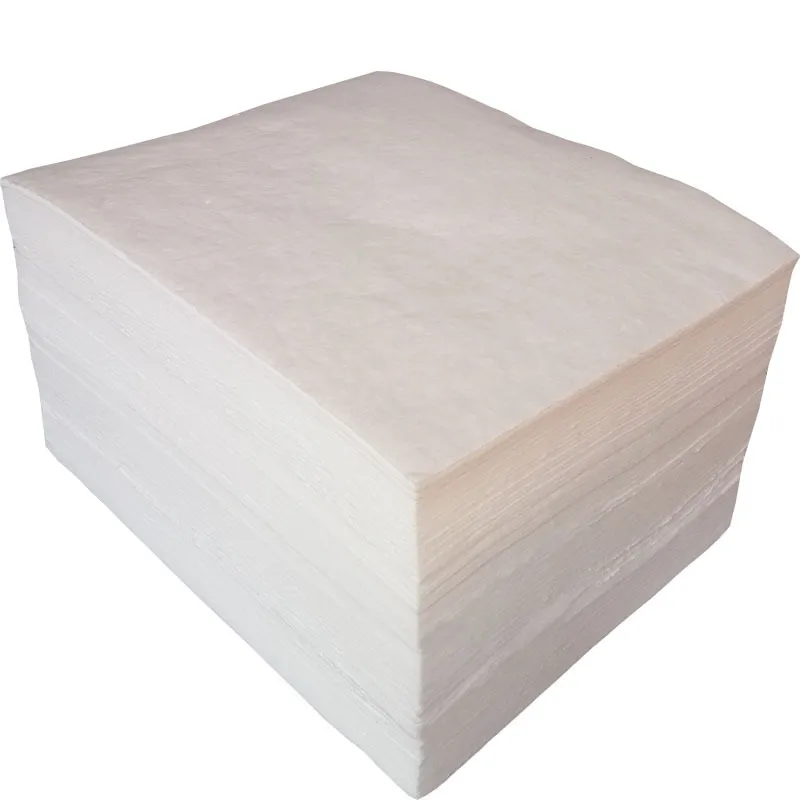felt sound proofing
Acoustic Comfort The Importance of Felt Sound Proofing
In today’s fast-paced world, noise pollution has become an incessant part of our daily lives. Whether it’s the constant hum of traffic, the chatter of busy streets, or even the sounds from a neighboring apartment, unwanted noise can significantly affect our well-being and productivity. One effective solution that often goes underappreciated is felt sound proofing. This approach offers a blend of functionality and aesthetics, making it an excellent choice for improving acoustic comfort in various environments.
Understanding Felt Sound Proofing
Felt sound proofing utilizes the unique properties of felt material, which is known for its density and sound-absorbing qualities. Felt is typically made from compressed wool, polyester, or a combination of both. These materials work together to dampen sound waves, preventing them from bouncing off hard surfaces and causing echoes and disturbances. The porous structure of felt helps absorb sound energy, making it particularly efficient at reducing high-frequency noises, such as voices and electronic devices.
Benefits of Using Felt for Sound Proofing
1. Enhanced Acoustics The primary advantage of felt sound proofing is improved acoustics. In spaces like recording studios, home theaters, or conference rooms, controlling sound quality is crucial. Felt panels can be installed on walls and ceilings to minimize sound reflection, creating a more immersive auditory environment.
2. Aesthetic Appeal Unlike traditional soundproofing materials that can be bulky and unattractive, felt offers a sleek and modern appearance. It comes in a variety of colors and textures, allowing homeowners and designers to integrate it seamlessly into their décor without sacrificing style for functionality.
3. Eco-Friendly Option Many felt products are made from natural fibers or recycled materials, making them eco-friendly choices. As society becomes increasingly aware of environmental sustainability, opting for felt sound proofing can align with eco-conscious values. This is particularly appealing in residential and commercial projects where green building practices are prioritized.
4. Easy Installation Felt is lightweight and easier to handle compared to heavier soundproofing options like drywall or mass loaded vinyl. This ease of installation means that individuals can often undertake the process themselves, saving on labor costs and time. Adhesive options and hook-and-loop fasteners further simplify the installation process.
felt sound proofing

5. Versatility Felt sound proofing is versatile and can be used in various applications. From residential spaces like living rooms and bedrooms to commercial environments like offices and schools, felt panels enhance sound quality and create a more pleasant atmosphere. They can also be used in furniture, such as felt-lined acoustic panels, to improve sound absorption.
Applications of Felt Sound Proofing
Felt sound proofing is gaining traction across several sectors
- Residential Spaces In homes, bedrooms and nurseries can benefit from reduced noise levels, promoting better sleep and relaxation. Open floor plans, which are popular in modern homes, can create unwanted sound reverberation; felt panels can help manage this.
- Commercial Spaces For offices, reducing noise improves concentration and productivity. Felt partitions and wall coverings can help create quieter work environments, fostering collaboration without distractions.
- Educational Institutions In schools, classrooms can be noisy environments. Implementing felt sound proofing can enhance learning experiences by minimizing disturbances, enabling students to focus better on their studies.
Conclusion
Felt sound proofing emerges as a stylish, effective, and sustainable solution to combat noise pollution in various settings. Its ability to absorb sound, combined with its aesthetic versatility, makes it an attractive choice for those seeking to improve their acoustic environments without compromising on style. Whether in a bustling office or a tranquil home, felt sound proofing paves the way for a more peaceful and productive atmosphere, proving that comfort and design can indeed go hand in hand.
-
Your Go-To Guide For Affordable Wholesale Wool FeltNewsOct.31,2024
-
The Trusted Source For Industrial Felt And Hotel TowelsNewsOct.31,2024
-
Premium Industrial Felt Solutions For Every IndustryNewsOct.31,2024
-
Enhancing Performance With Industrial Felt FabricsNewsOct.31,2024
-
Elevating Performance With High-Quality Industrial Felt MaterialsNewsOct.31,2024
-
Brighten Your Projects With Vibrant Colored FeltNewsOct.31,2024
-
Unleash Your Creativity with Stylish Felt ProductsNewsOct.30,2024







